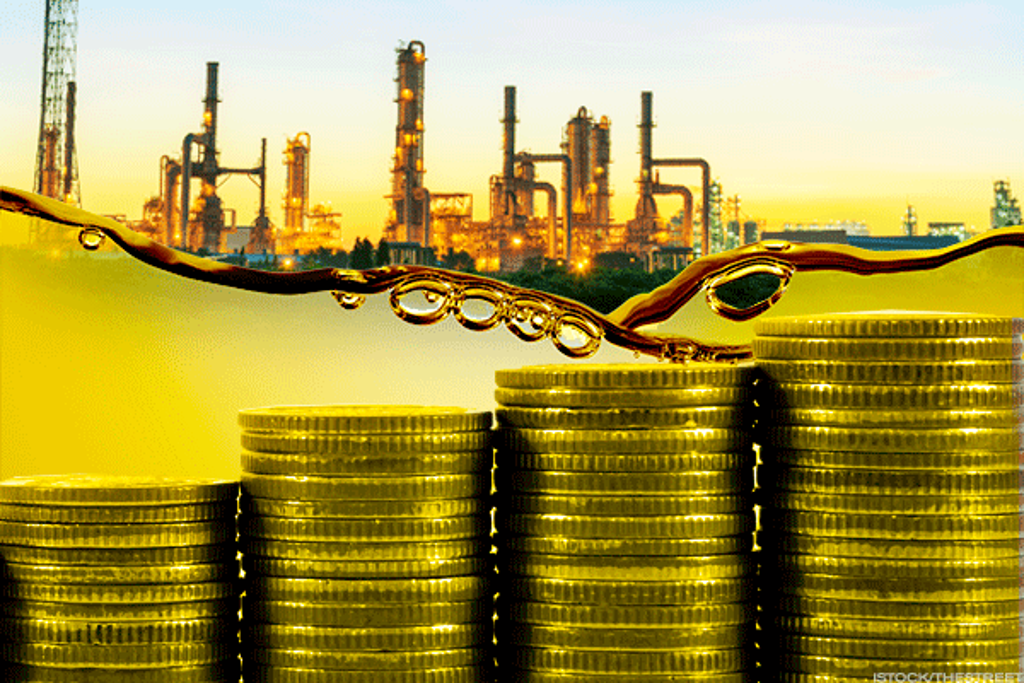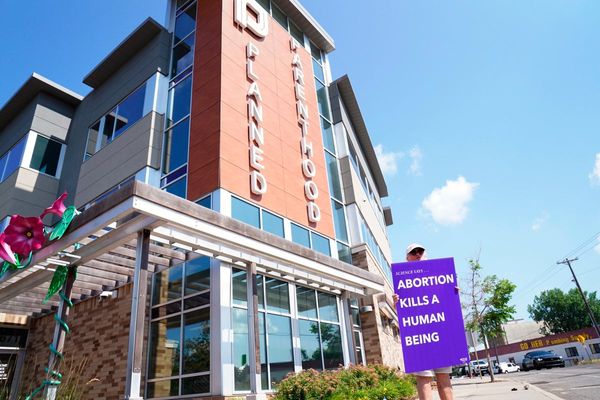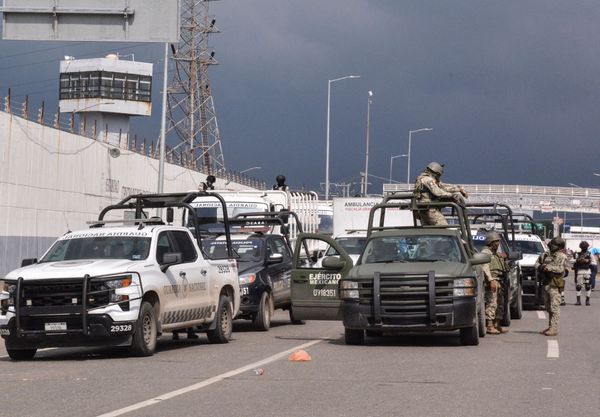
Buried deep within massive salt caverns on the Gulf Of Mexico are the United States’ strategic petroleum reserves.
Over the next six months, one million barrels of oil per day will be pulled from the stash that the US has been squirrelling away for a rainy day since the 1970s energy crisis.
The largest release from the stockpile in its almost 50-year history is aimed at reducing the escalating cost of oil amid global turmoil and domestic policy pressure.
Here’s how it works:
THE STRATEGIC PETROLEUM RESERVE
Thinking for the "SPR" started under US President Richard Nixon in response to skyrocketing gas prices due to the Arab oil embargo. It was not officially established until 1975.
Its goal is to counter fluctuations in the market and stabilise its impact on the US economy, and it can be drawn upon in a limited capacity if there is to be an energy supply shortage for a significant duration. A full drawn down can be ordered in an emergency.
There are 60 underground caverns across four sites on the Texas and Louisiana coasts, each holding an average of 10 million barrels.
HOW BIG IS THE US’ STOCKPILE OF OIL
There are currently 568,322,000 barrels in the SPR, down from its all-time high of 726,617,000 at the end of 2009, according to the US Energy Information Administration.
Joe Biden’s announcement of 1 million barrels for the next six months, or roughly 180 million barrels, represents roughly two days’ worth of the global oil demand.
It is the third dip into the well since Biden came to office, following 30 million barrels announced in March and another 50 million in November last year.
Leaving a theoretical balance of 388 million barrels at the end of the six-month drawdown, the cupboard would be far from bare but still at its lowest levels since 1984.
It’s just 44 million barrels of oil above the 340 million barrel floor that can be legally hit from a “limited” drawdown, and anything beyond that would require the determination of an “emergency situation”.
HAS THE SPR BEEN TAPPED IN THE PAST
Most US presidents have tapped into the reserve during times of turbulence, though nothing close to the amounts authorized by Joe Biden.
Donald Trump authorised a release in 2019 after attacks on Saudi Arabia impacted production and Barack Obama released 30 million barrels in 2011 following the war in Libya.
George W Bush released 11 million barrels in September 2005 in a Hurricane Katrina sale. The first president Bush, George HW Bush used roughly 17 million barrels during the first Gulf War in 1991.
IS THE GAS ‘TOO DAMN HIGH’?
Why is such a massive release happening now? Record gas prices have pushed inflation to its highest point in years.
And Americans are more concerned about inflation than at any other time since 1985, according to a recent Gallup poll.
The cost of oil dropped 7 per cent to close just above $100 on Thursday, according to Reuters.
The national average price of gasoline was barely budged at $4.22 per gallon on Thursday, or about 10 cents cheaper than its March peak, according to AAA.
HOW MANY BARRELS DOES THE US CONSUME PER DAY
The US consumed 20.54 million barrels of crude oil, petroleum products, and biofuels per day, according to 2019 figures from International Energy Statistic.
Making up 20 per cent of the world’s total, the US use of oil is more than China and India combined at 14.01 million and 4.91 barrels per day respectively.
US ENERGY DEPENDENCE, INDEPENDENCE, OR DOMINANCE
While it’s the world’s largest consumer, the US is also the world’s largest producer of oil; just not enough to cover its demand.
In 2020, the US created produced 18.61 million barrels of oil per day representing a 20 per cent share of the world’s production.
By comparison, Saudi Arabia produced 10.81 barrels per day, or 12 per cent of the world’s total, and Russia produced 10.5 million barrels, or 11 per cent.
HOW LONG UNTIL SPR RESERVES GET TO MARKET
It takes 13 days from the presidential decision for oil to enter the US market, meaning the latest release won’t start moving toward the pump until mid-April at the earliest.
Oil can be pumped out at a maximum rate of 4.4. million barrels per day for up to 90 days, when the emptying salt caverns slow the drawdown rate.
At 1 million barrels per day, the SPR says it could continuously release oil into the market for almost one and a half years.







